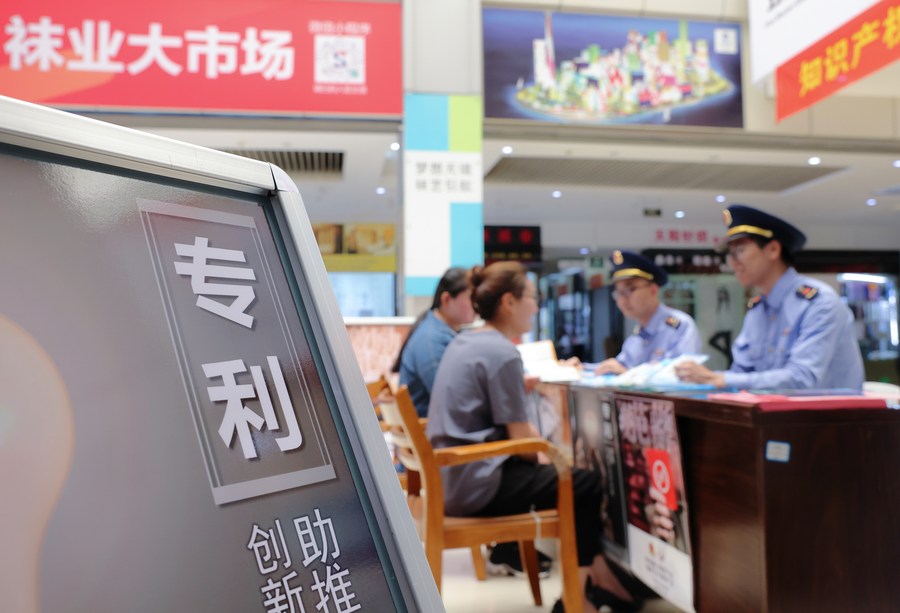Agreement will help boost IP protection

Joining the Hague Agreement, which governs the international registration of industrial designs, will help Chinese enterprises further integrate into the global design system, develop product layout and promote industrial design innovation, an official and an expert said.
In February, China submitted its instrument of accession to the Hague Agreement Concerning the International Registration of Industrial Designs, which covers 94 countries. The agreement took effect in China on May 5.
Under the Hague Agreement, applicants only need to submit one international application in one language and pay in one currency to apply for design protection in multiple contracting countries, which significantly reduces the cost of design registration for enterprises in the process of globalizing their products and greatly improves the efficiency of registration.
In addition, the applicants only need to submit one request to the International Bureau of the World Intellectual Property Organization for any future change of rights or renewal of the protection period. This can then take effect in all designated contracting countries, greatly facilitating the centralized management of design rights.
Applicants in China may submit their applications directly to the WIPO International Bureau or indirectly through the China National Intellectual Property Administration.
As of May 13, 141 international applications for industrial designs had been submitted so far from China, according to the administration.
Wei Baozhi, head of the administration's patent office examination management department, said that the increasing number of applications from China indicates that Chinese companies are actively using the Hague system for global product market layout. This reflects the importance that innovation entities attach to intellectual property rights protection and highlights the vitality of Chinese innovation and creativity, Wei said.
Joining the Hague system also facilitates overseas enterprises' entry to China's dynamic and vast market, which is conducive to creating a favorable business environment and promoting the development of innovative design in China's industrial sector, Wei added.
Ma Yide, an IP professor at the University of Chinese Academy of Sciences, said, "China has attached importance to its role in international organizations in recent years and is transforming itself from a passive recipient of international rules on intellectual property to a participant and builder of global IPR governance."
Working with the international community, China is addressing intellectual property protection and governance challenges, Ma said.
In addition, under the Hague Agreement, protection of IPR should be further intensified and the protection of industrial designs will be extended, which will benefit IPR owners and will help China's IPR protection further align with international standards, he said.
The Hague Agreement requires the contracting parties to protect industrial designs for at least 15 years.
According to the China National Intellectual Property Administration, the quality as well as the quantity of Chinese intellectual property continued to increase last year, when 696,000 invention patents were authorized. The number of international patent applications submitted by Chinese applicants through the Patent Cooperation Treaty reached 69,500, ranking first in the world for the third consecutive year.
The Global Innovation Index Report 2021 released by the World Intellectual Property Organization showed that China ranked 12th in global innovation, up two places from 2020.
China has continued to intensify the protection of IPR in recent years. Since 2019, the nation's top legislature has revised the Trademark Law, Patent Law and Copyright Law, and established a punitive damages system with the highest international standards.
Last year, the central government released the Outline of Building an IPR Powerhouse (2021-35) and the National Plan for Protection and Application of Intellectual Property Rights During the 14th Five-Year Plan (2021-25) Period.
Invest in China Copyright © 2025 China Daily All rights Reserved
京ICP备13028878号-6
 京公网安备 11010502032503号
京公网安备 11010502032503号





